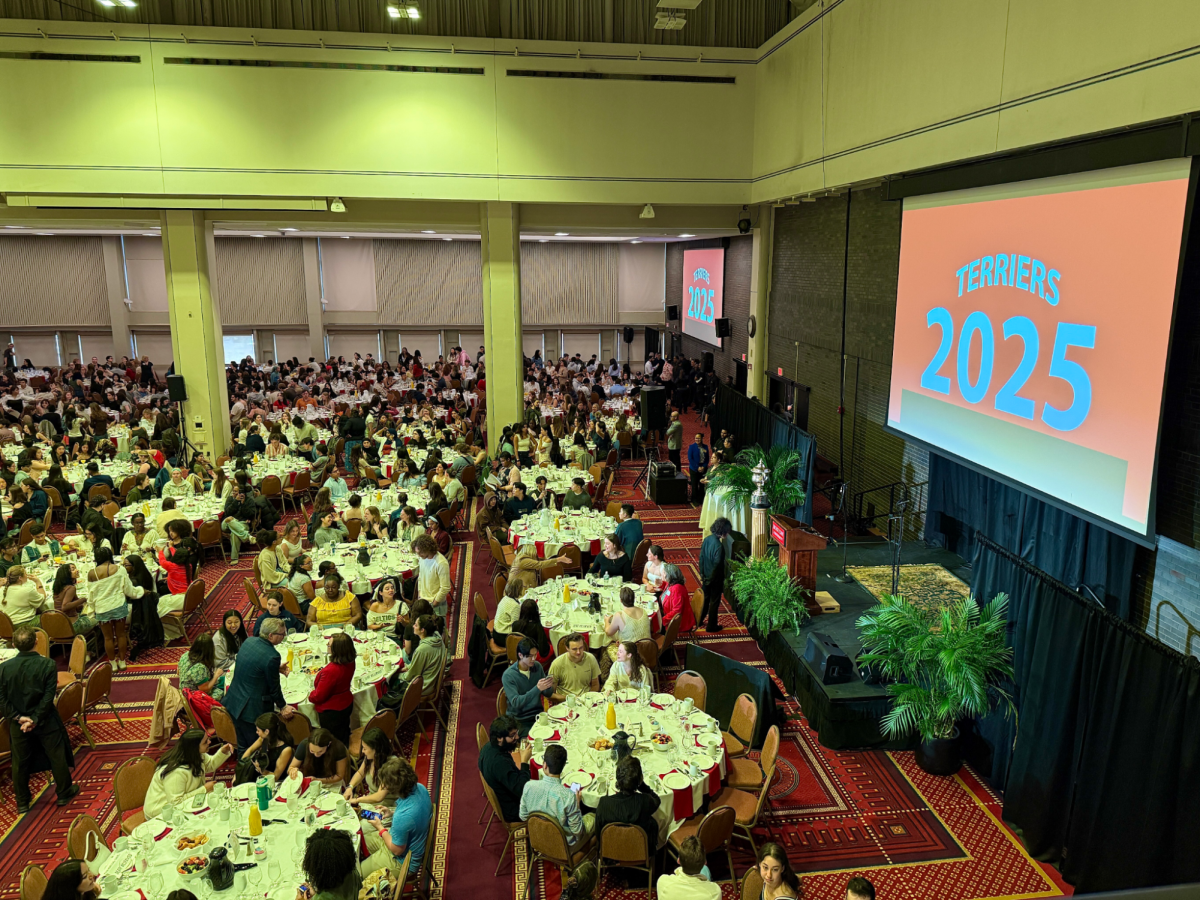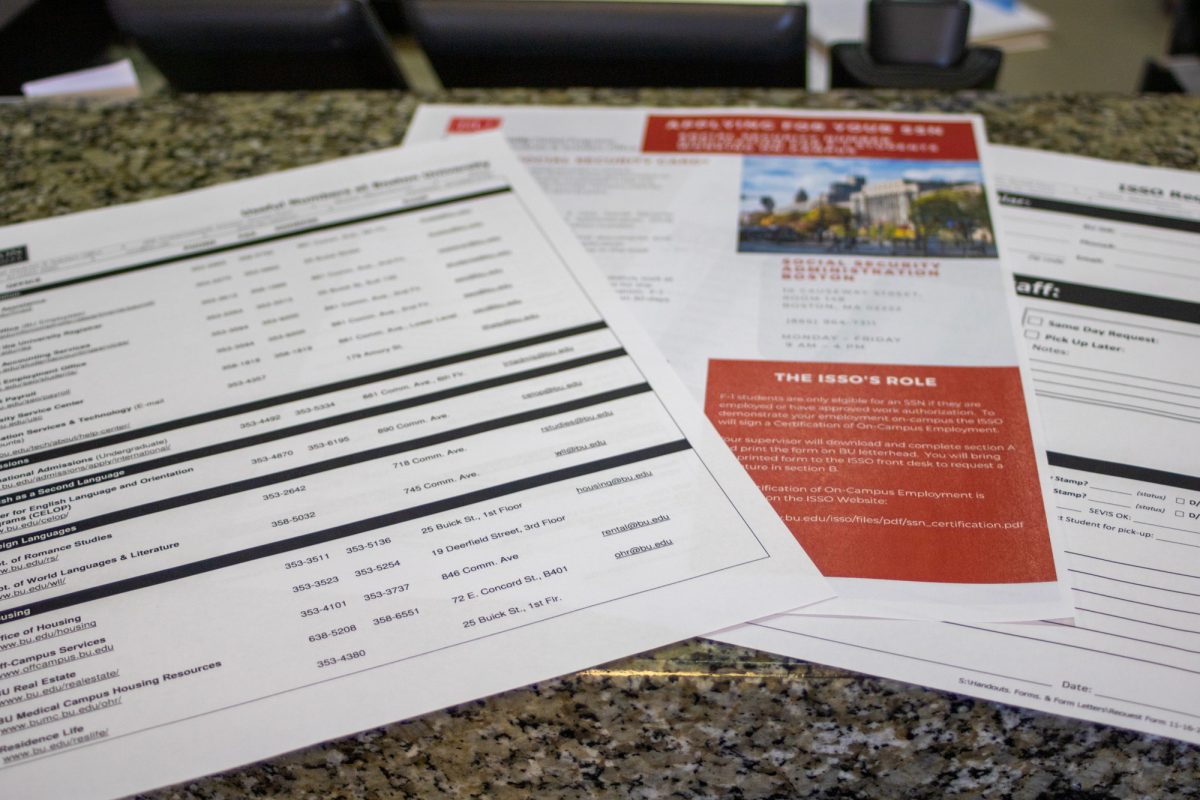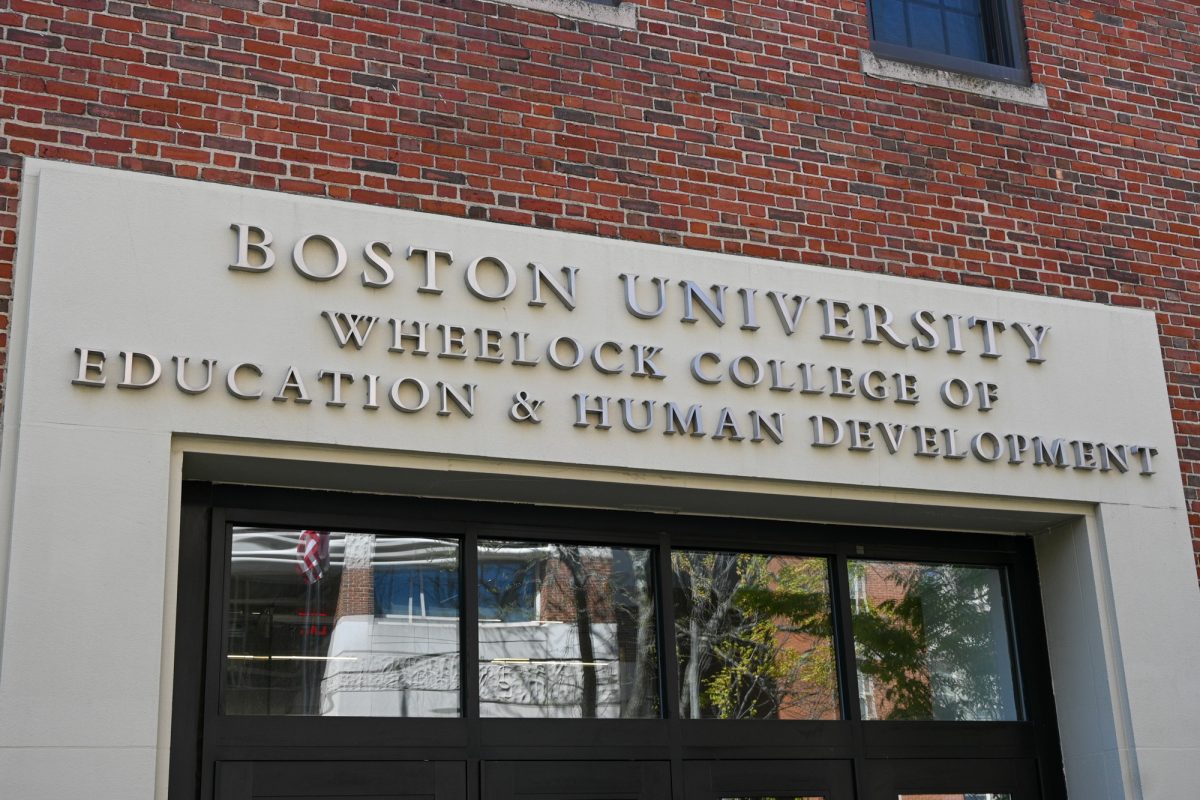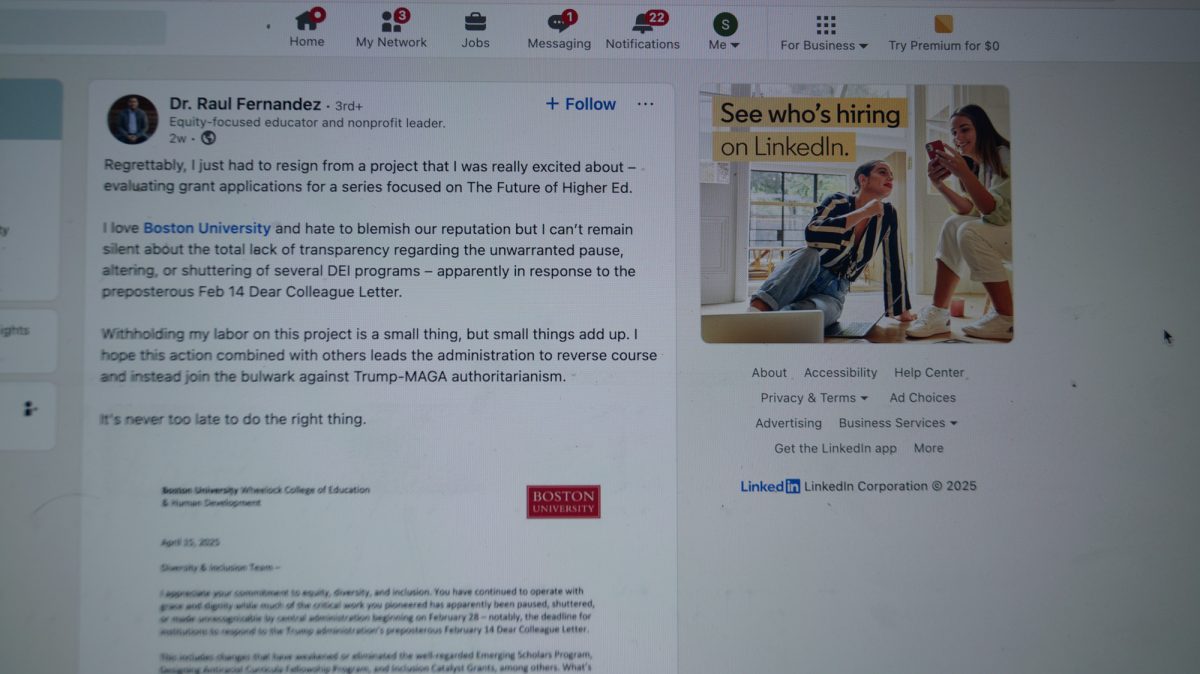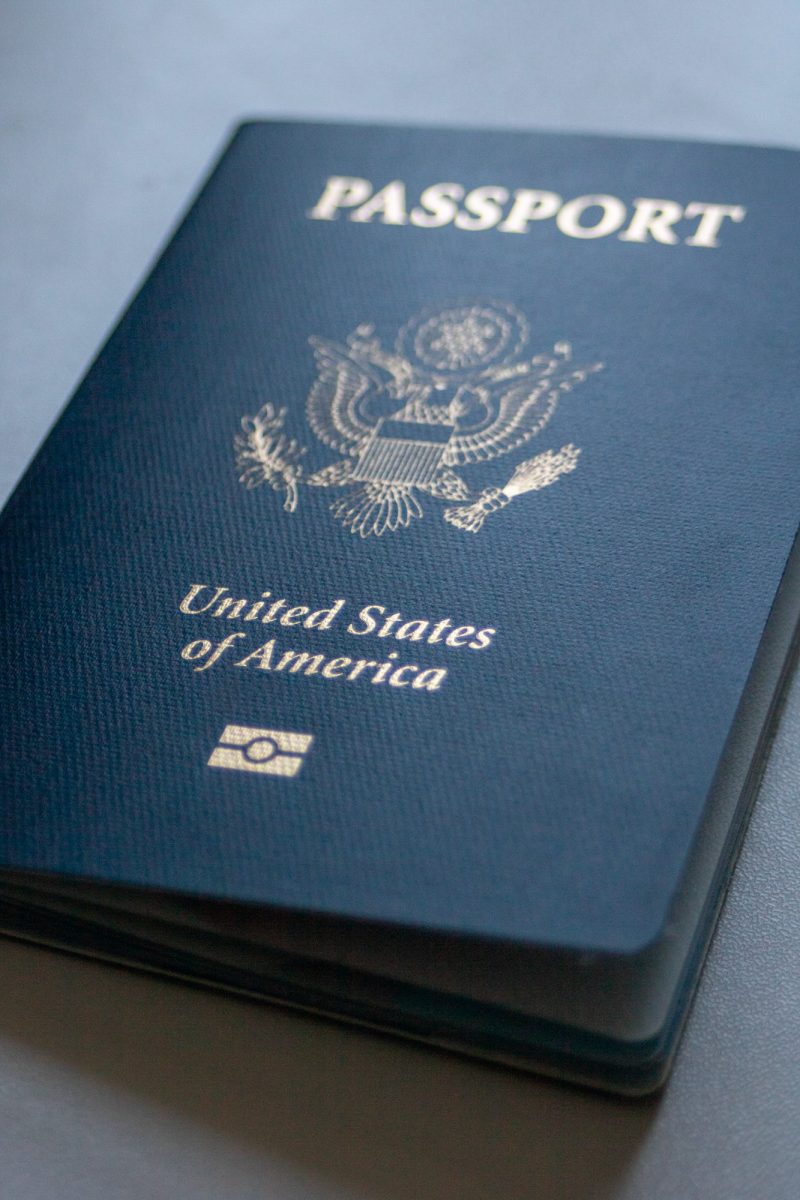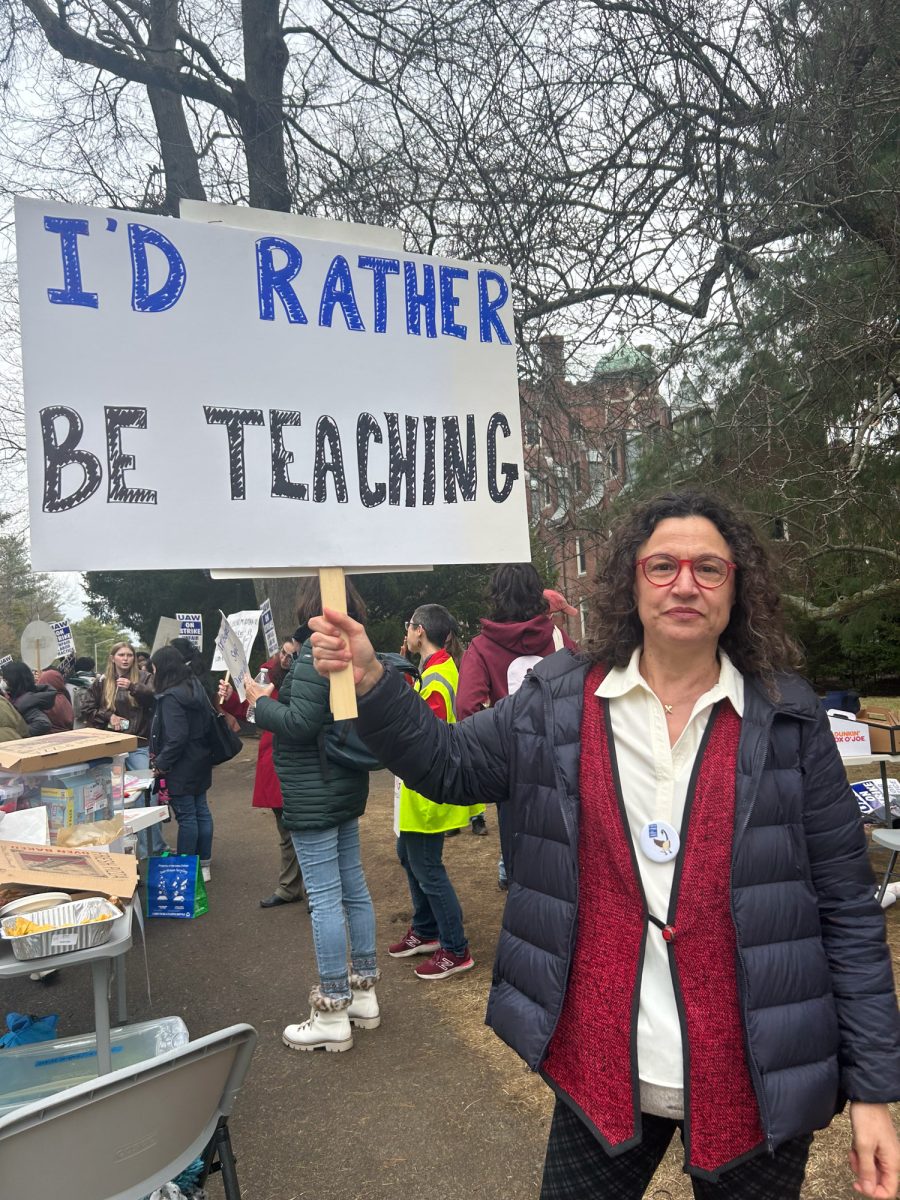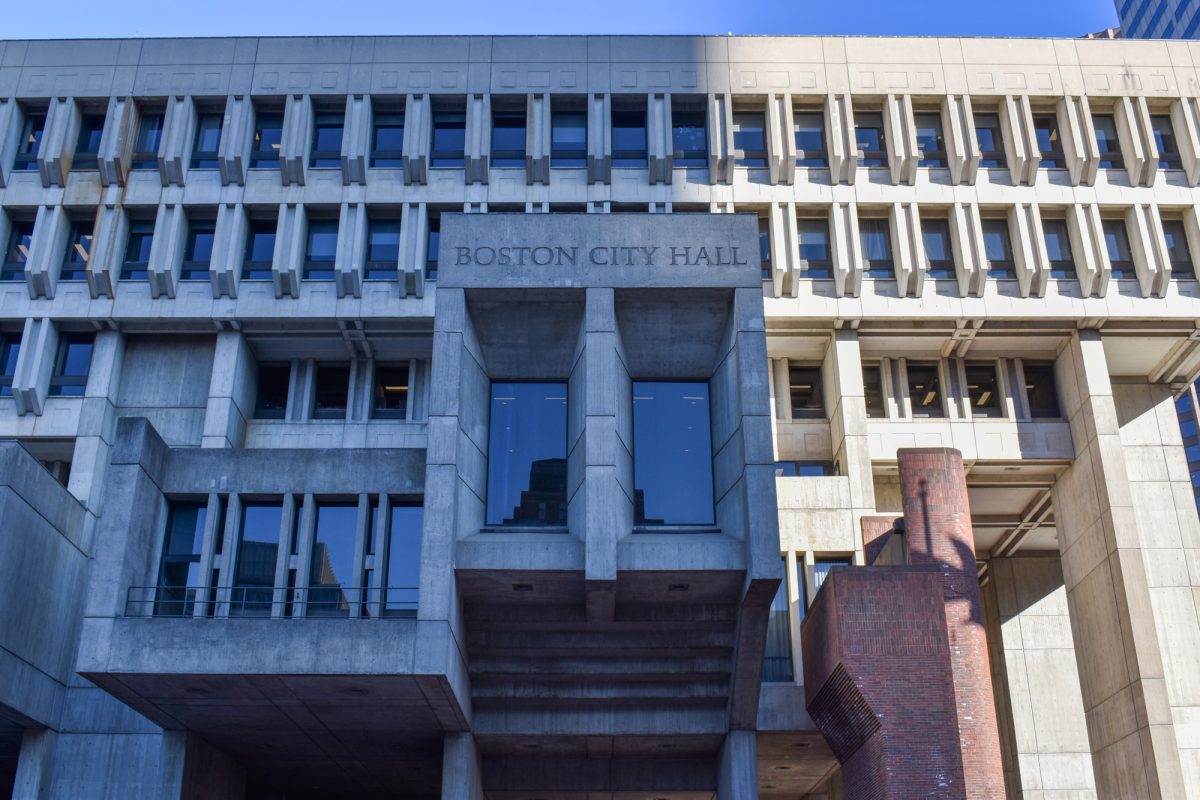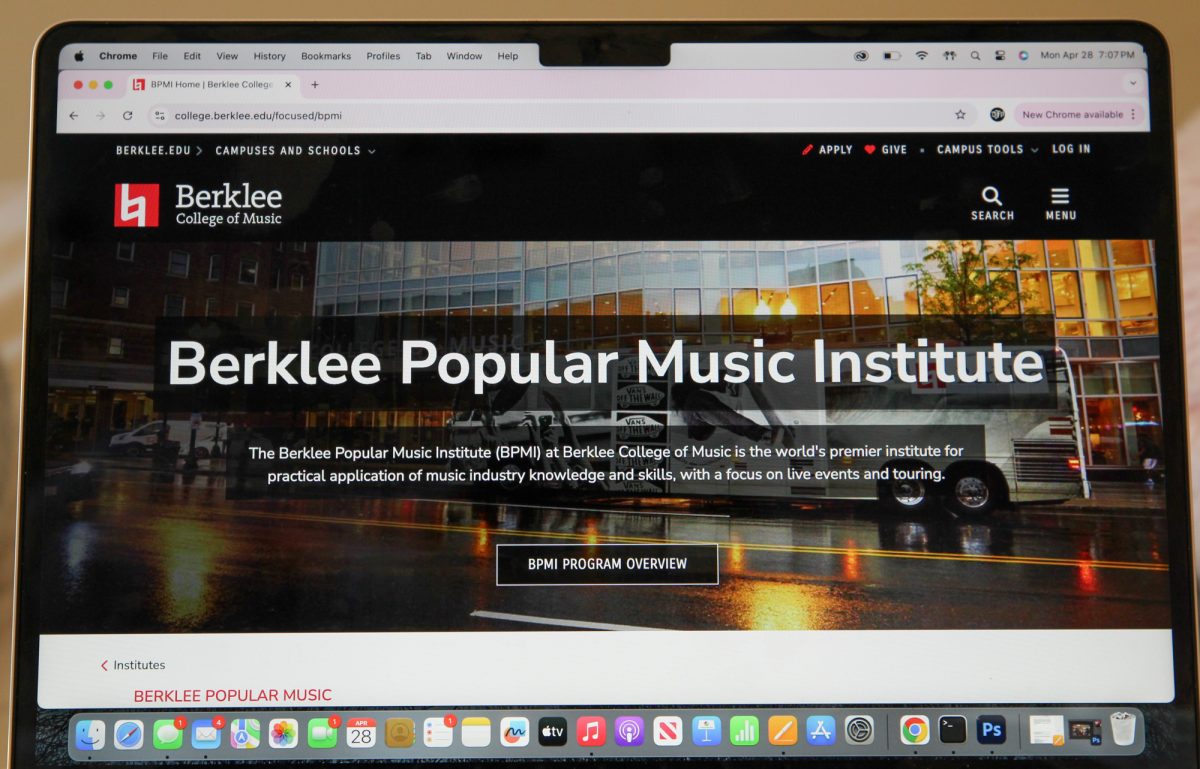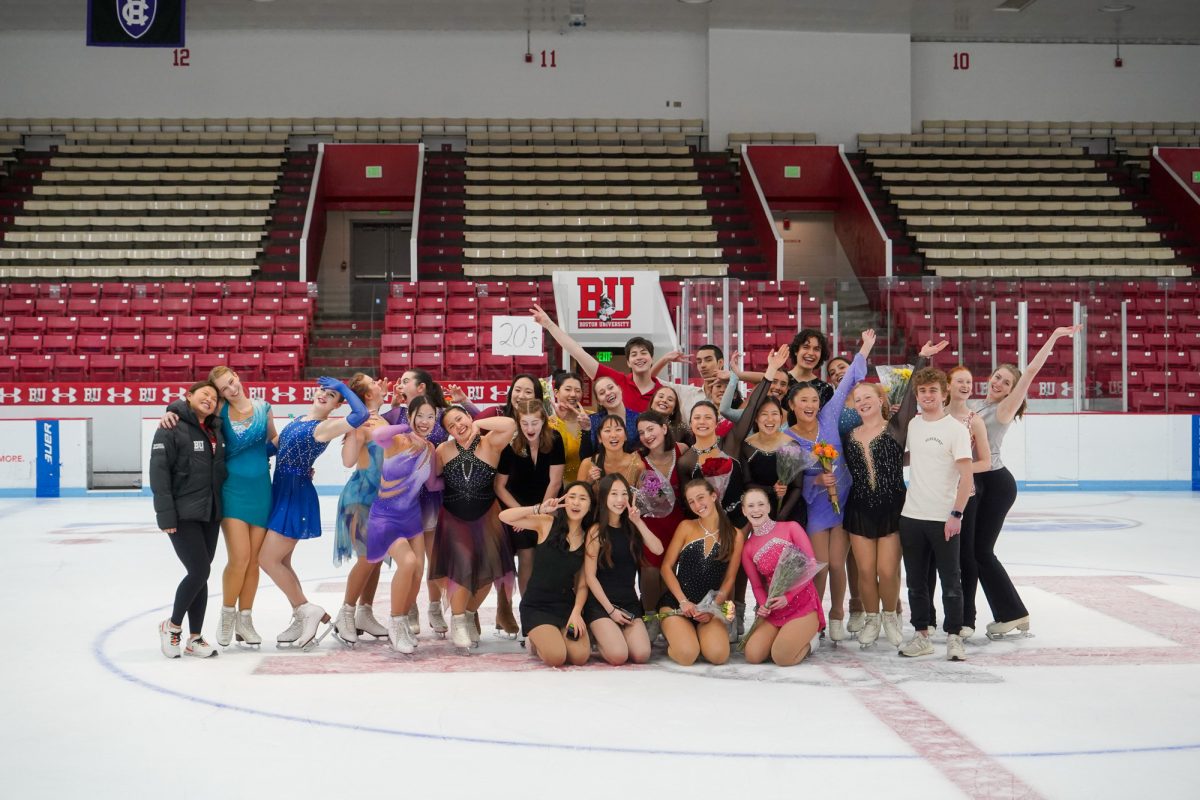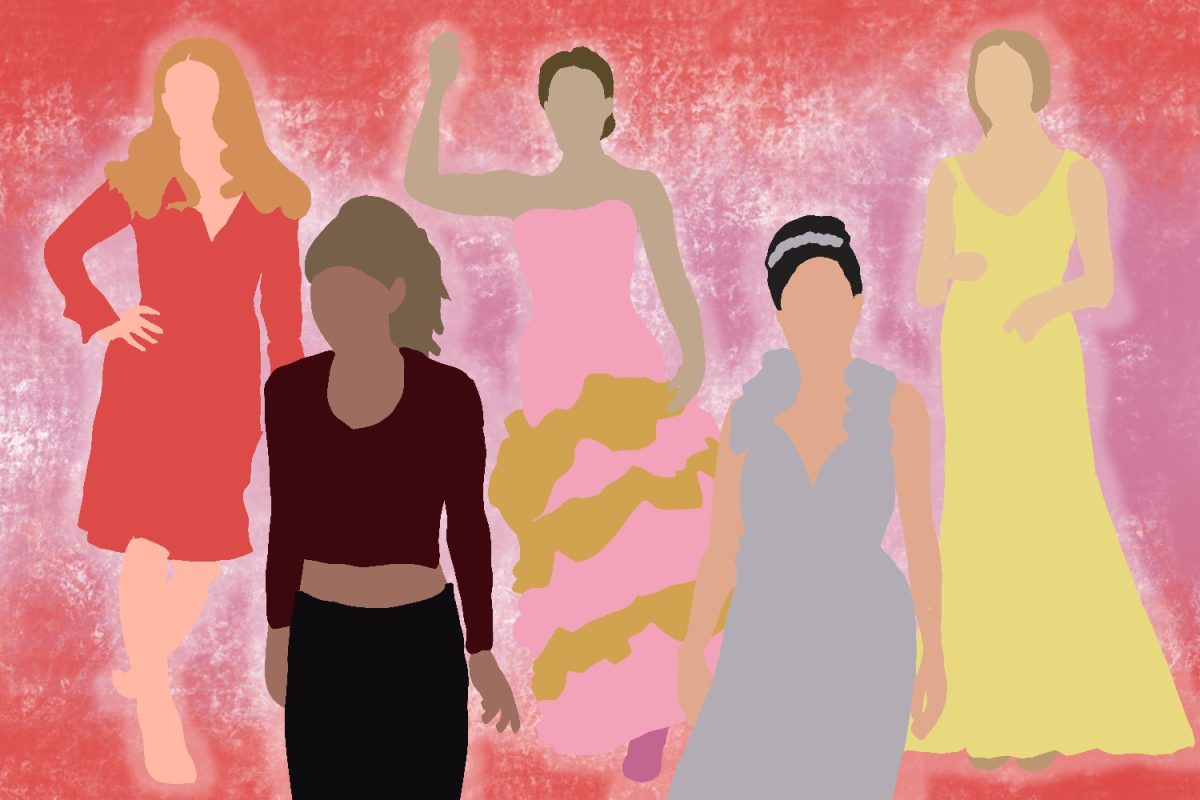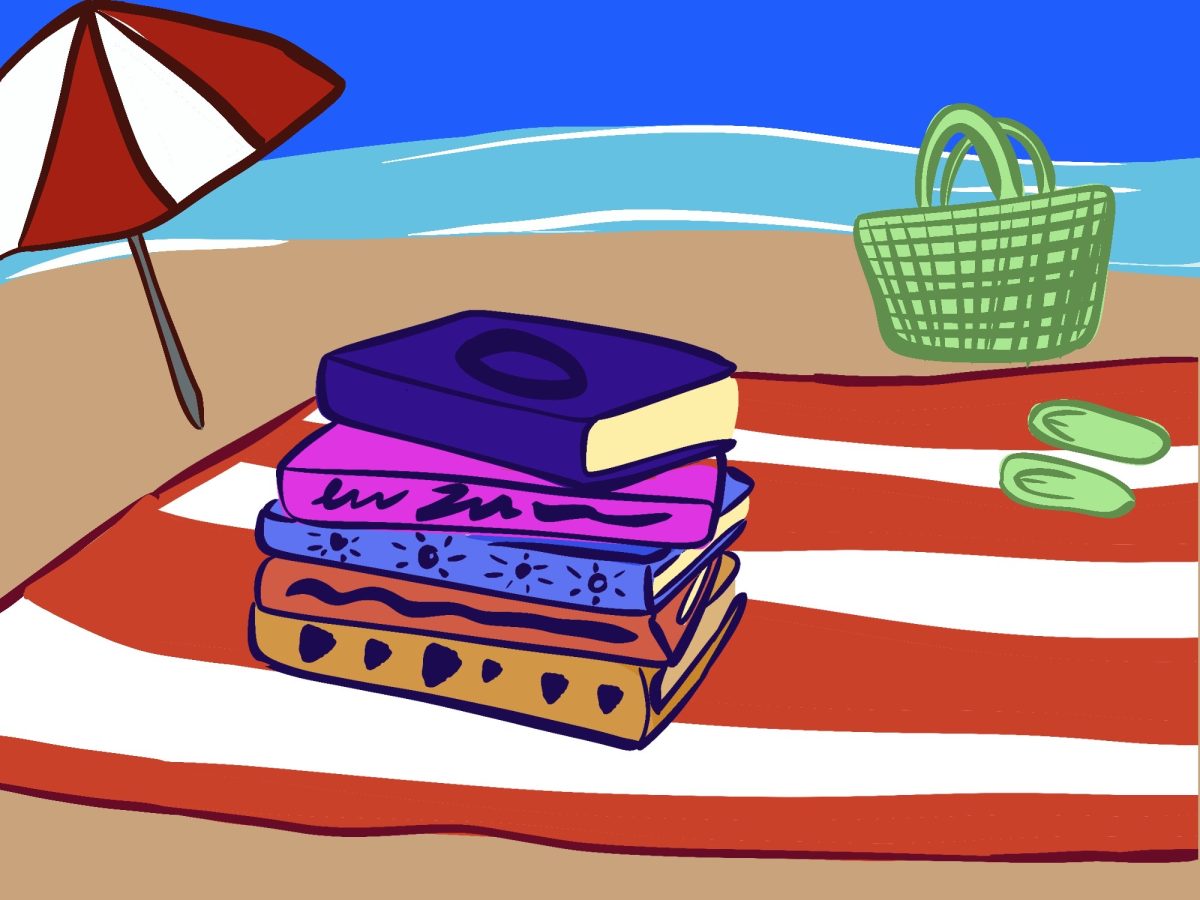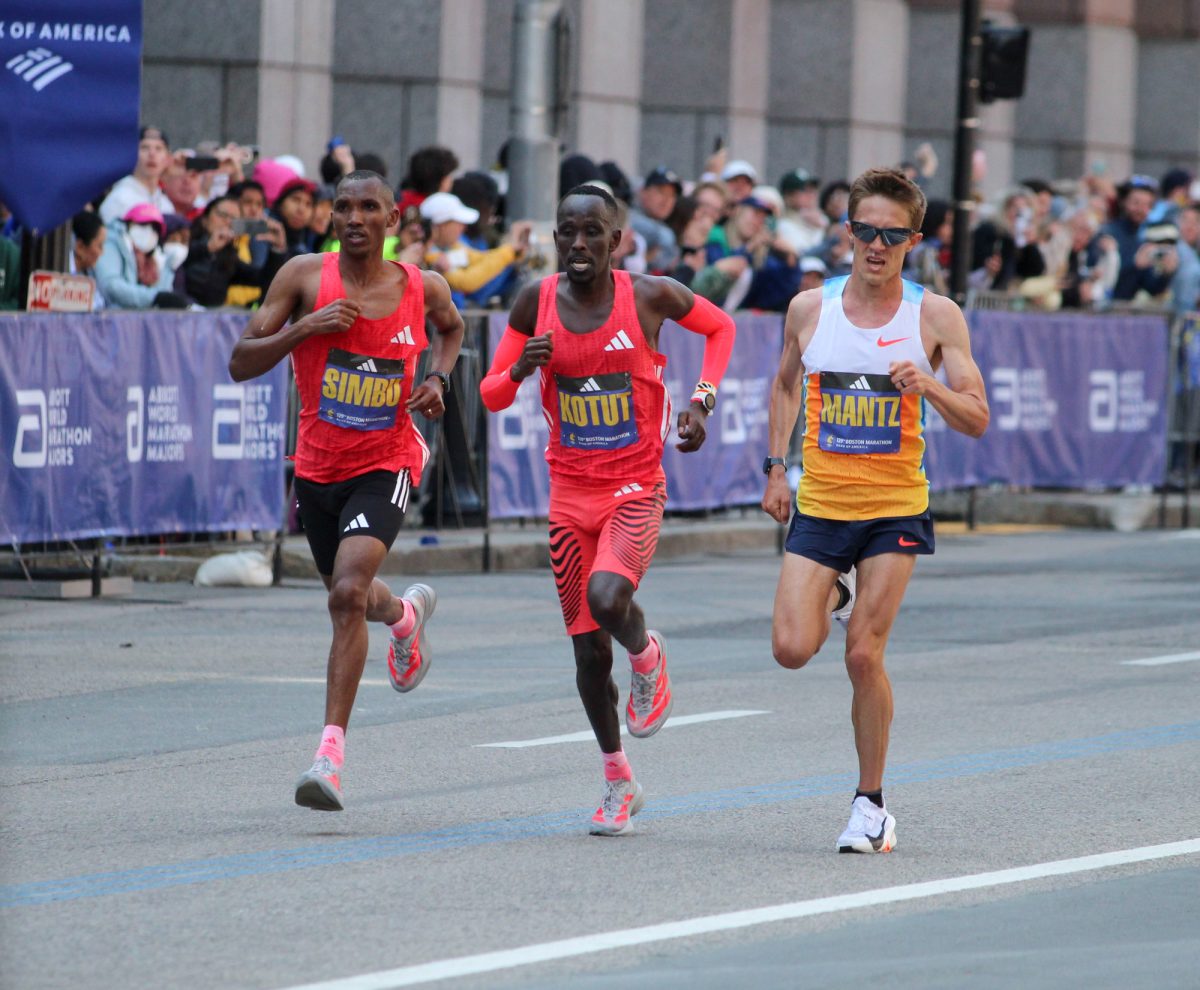The South End may seem like a quaint neighborhood at the offset, but upon a closer look, visitors may notice that the area is an anomaly, having been cited by business owners for its large population of “yuppie” and “gay” residents as well as its largely diverse ethnic quarters.
The South End offers a quaint charm — it is the oldest Victorian neighborhood in the nation, according to SouthEnd.org — marked by brownstones filled with boutiques and a wide variety of restaurants. Situated just south of the Back Bay, it is a far cry from the uproar of downtown Bostona, just a short distance from the Massachusetts Avenue stop on the Orange Line.
The neighborhood is also home to a broad collection of some of Boston’s most renowned eateries, such as Hamersley’s Bistro, Masa and Café Umbra.
According to Elizabeth Cornaro, the marketing and graphics manager of Foodie’s Urban Market located at 1421 Washington St., the neighborhood is extremely diverse with residents representing all ethnicities and sexual demographics.
She added that part of the South End’s charm is its ability to cater to its diverse residents and tourists.
“We don’t have one demographic. We have a huge diversity from the projects across the street to the couple-of-million-dollar condos down the street,” Cornaro said, adding that the South End has large African-American, Hispanic, Asian, homosexual and white urban professional populations.
The site Wikipedia.com characterizes the neighborhood as “a gay bohemian cultural neighborhood.”
In order to accommodate the area’s socioeconomic diversity, Foodie’s stocks a wide variety of products, and according to Cornaro, Foodie’s provides food stamps and subsidized coupons for basic food items through the Women, Infant and Children Program. Yet, she said, the store can still sell a $40 bottle of olive oil.
Cornaro said Foodie’s — as well as other restaurants along Tremont Street — appeals to the neighborhood overall, trying to create a relaxed atmosphere for all of its customers.
“We don’t have a parking lot,” Cornaro said. “Most of our customers walk and come in everyday, making it a more European way of shopping. Our whole front end knows everyone. Neighbors meet neighbors here.”
South End merchants said they appreciated the area’s diversity and strong neighborhood identity.
Bernard Toale, owner of the Bernard Toale Gallergy — a private gallery specializing in modern art — opened his South End location in 1998 for a “cheaper rent” than his previous location on Newbury Street.
Toale said the neighborhood is made up of many new condos with young professionals moving in.
Cornaro said the residents of the South End take pride in the overall acceptance of everyone who lives there.
Housing in the South End runs relatively pricey, although it is still inexpensive when compared to Back Bay or the historic Beacon Hill District. According to Jeff Parsons of RE/MAX Destiny and WeSellBoston.net, the average two-bedroom apartment in the South End rents for $2,500 per month.
Tourists have the option to stay in a bed and breakfast while visiting the South End, where some residents decide to live instead of renting a home that they would need to furnish on their own.
Marie Kemmler, owner of South End Bed and Breakfast, said the main attraction to her business is “feeling like you live at home and in a neighborhood when you are far away from home.”
“We rent furnished apartments, and we represent bed and breakfasts. People stay by the night, by the week or by the month,” Kemmler said. “Sometimes they are for tourists, business people or parents of students. They are mostly just studios but we do have some one bedroom and two bedroom.”
Kemmler said part of the appeal of renting a bed and breakfast is that the rates are usually less expensive than a hotel per night.
Kemmler rents the furnished apartments from the time after the Boston Marathon to August for $125 to $200 per night, depending upon the size and the amenities included in the room.

